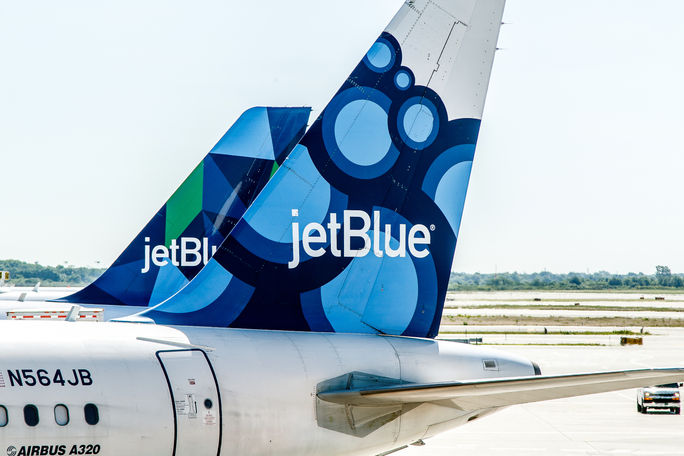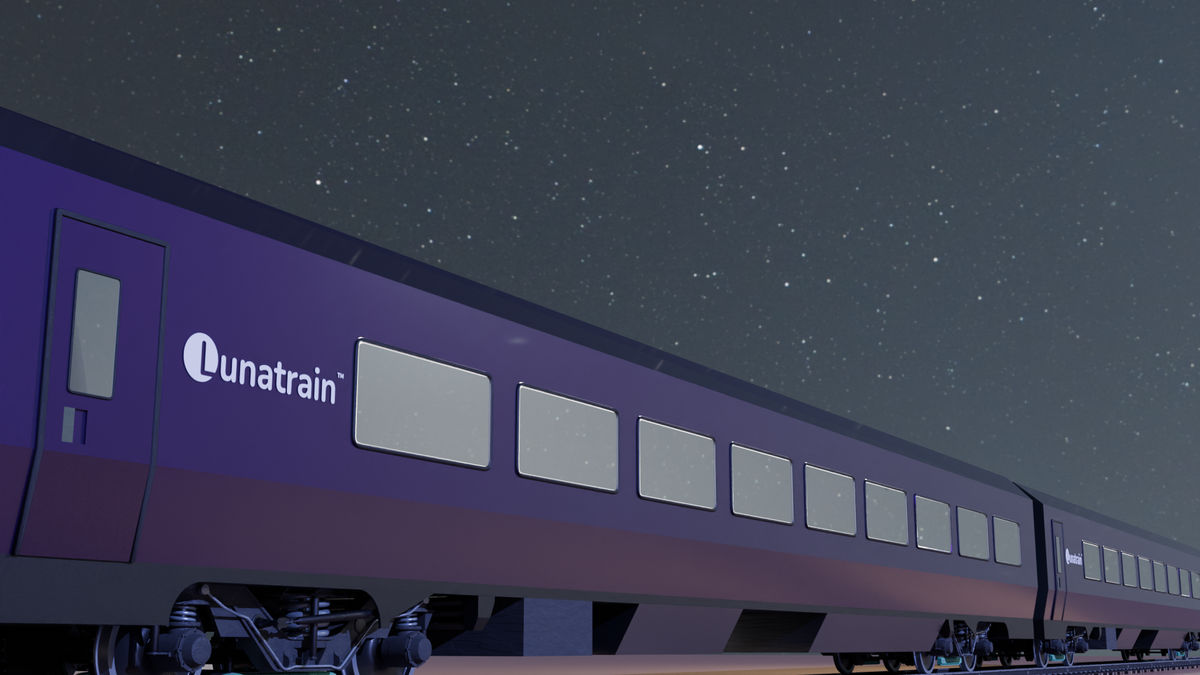by Guest Author
Last updated: 5:00 PM ET, Sat March 15, 2025
For the decade before the COVID-19 pandemic, enthusiasm for the low-cost airline business model grew exponentially. Carriers like JetBlue Airways, Spirit Airlines, and Southwest Airlines have maintained strong margins and popularity with leisure travelers in both domestic and nearby international markets.
Though low-cost carriers' primary focus was on maintaining lower fares than competitors, each of these airlines seemed to have unique selling points that further solidified them as fierce competitors. Southwest offered strong flexibility and two free checked bags with every ticket, while JetBlue offered an enhanced onboard experience compared to its low-cost and legacy competitors. Meanwhile, Spirit's unbundled tickets meant passengers paid rock-bottom fares.
While many speculated that low-cost and ultra-low-cost carriers were the future of domestic air travel in the United States, the realities of the post-COVID aviation sector reveal that the business model that first disrupted the industry is now largely unprofitable in the face of a changing industry landscape and shifting consumer preferences.
Airline Costs on the Rise
Costs have continued to rise for airlines of all types but pose an especially difficult challenge to airlines operating with a low-cost model. According to IATA, fuel prices and wages are two of the most significant contributors to airline costs. While the price of fuel can be volatile, labor prices have consistently risen since the pandemic.
Southwest, for example, has signed costly contracts with its pilots and flight attendants. Associated Press reports that the carrier’s new flight attendant contract will raise salaries by 33% over the next four years. An airline that aims to offer lower fares, sky-high labor costs have become a major problem for the Dallas-based carrier.
Southwest is not the only low-cost carrier facing cost inflation. Between 2019 and 2022, JetBlue’s overall expenses jumped 33%, reports Airline Weekly. In addition to fuel, labor and airport fees were among the carrier's largest expenses. The airline has been able to raise revenue, but not enough to offset its cost problem.
Meanwhile, Spirit Airlines has had the most dramatic setbacks of all. The ultra-low-cost carrier, which pioneered the trend of unbundling tickets in America, filed for bankruptcy last year. Before this announcement, the airline struggled with rising costs and quality issues associated with the airline's engine supplier. The carrier hoped an acquisition from JetBlue would preserve the company, but after the Department of Justice blocked it, Spirit had to find its own way forward through Chapter 11 bankruptcy.
In light of these conditions, these budget airlines have begun to pivot. Each airline has its own approach to gaining more revenue, but all follow the general principle of offering enhanced products for premium travelers.
Southwest Shuffles Onboard Experience
Southwest, an industry pioneer that was the first to apply the low-cost business model in the long term successfully, has been known for doing things differently. The carrier did not assign seats, charge checked bags or change fees, and was known for having fun-loving employees who go the extra mile.
However, facing higher costs and a prolonged struggle with activist investor Elliott, the carrier has changed some of its defining policies to boost profitability. Most notably, the airline will switch to an assigned seating model starting next year, which it will undoubtedly use to further monetize its services. The carrier will also introduce extra legroom seats, eventually accounting for about one-third of its capacity.
Southwest also shocked customers when it announced it would start charging checked baggage and change fees. The airline previously made its lack of such ancillary fees a central part of its identity. Now, the airline is introducing a basic fare that requires customers to pay more for additional perks.
With retrofits to its fleet coming this year, the airline hopes offering seat selection, premium seating, and more fee options will allow it to boost ancillary revenue. Before these changes, Elliott criticized Southwest’s lack of a basic economy product. This “no frills” fare allows airlines to sell some seats at a steep discount and charge for additional features that Southwest formerly offered for free.

Two JetBlue airplanes parked. (Photo Credit: Roman Tiraspolsky / Adobe Stock)
JetBlue Pivots to Premium Products
JetBlue had been pursuing premium travelers long before the pandemic thanks to its Mint Business Class, which is available on select medium-haul and transcontinental services. Mint is also available on all of the airline's transatlantic flights. Even with this cabin, the carrier never entirely lost its focus on leisure travelers. However, recent announcements have shown JetBlue's commitment to catering to premium passengers instead.
The airline announced it would unveil a first-class domestic product similar to what full-service carriers like Delta and United offer. This is a significant change, as many of JetBlue's aircraft are currently in an all-economy layout. Additionally, the airline will open its first-ever lounges at its bases at Boston Logan International Airport and New York John F. Kennedy International Airport.
These choices are a bold departure from JetBlue’s low-cost roots but are designed to better compete against legacy carriers that have continued to expand their presence in key JetBlue markets. Delta, for example, operates a hub at JFK Airport and is the airport's largest operator. JetBlue's changes will allow it to better compete with its rivals, offering similar services and options for passengers.
Spirit Emerges from Bankruptcy
Spirit Airlines has arguably had the toughest time adjusting to the industry's post-COVID realities. The carrier has continued to reshuffle its pricing strategies and route network to successfully boast profitability and exit bankruptcy.
Spirit has resorted to bundling its fares, a strategy rival Frontier has done as well. On its most basic fares, which charge additional fees for anything beyond the seat, the carrier has started charging change fees again. In the interest of transparency and attracting higher-yield passengers, the airline lists exactly what is included with each fare type.
The airline has continued to capitalize on demand for premium products with its Big Front Seat, a stripped-down domestic first-class product for budget-conscious passengers interested in enjoying enhanced comfort. With the trend towards premium seating continuing, the carrier will likely leverage this feature in the future.
The airline industry is incredibly dynamic, and the most profitable airlines are the ones that can best position themselves to capitalize on customer preferences. While the long-term viability of these low-cost changes is unknown, it's clear that the budget-friendly business model Americans have grown accustomed to is on the verge of extinction.
For the latest travel news, updates and deals, subscribe to the daily TravelPulse newsletter.
.png)
.png) 1 month ago
7
1 month ago
7








 English (US) ·
English (US) ·  Spanish (ES) ·
Spanish (ES) ·